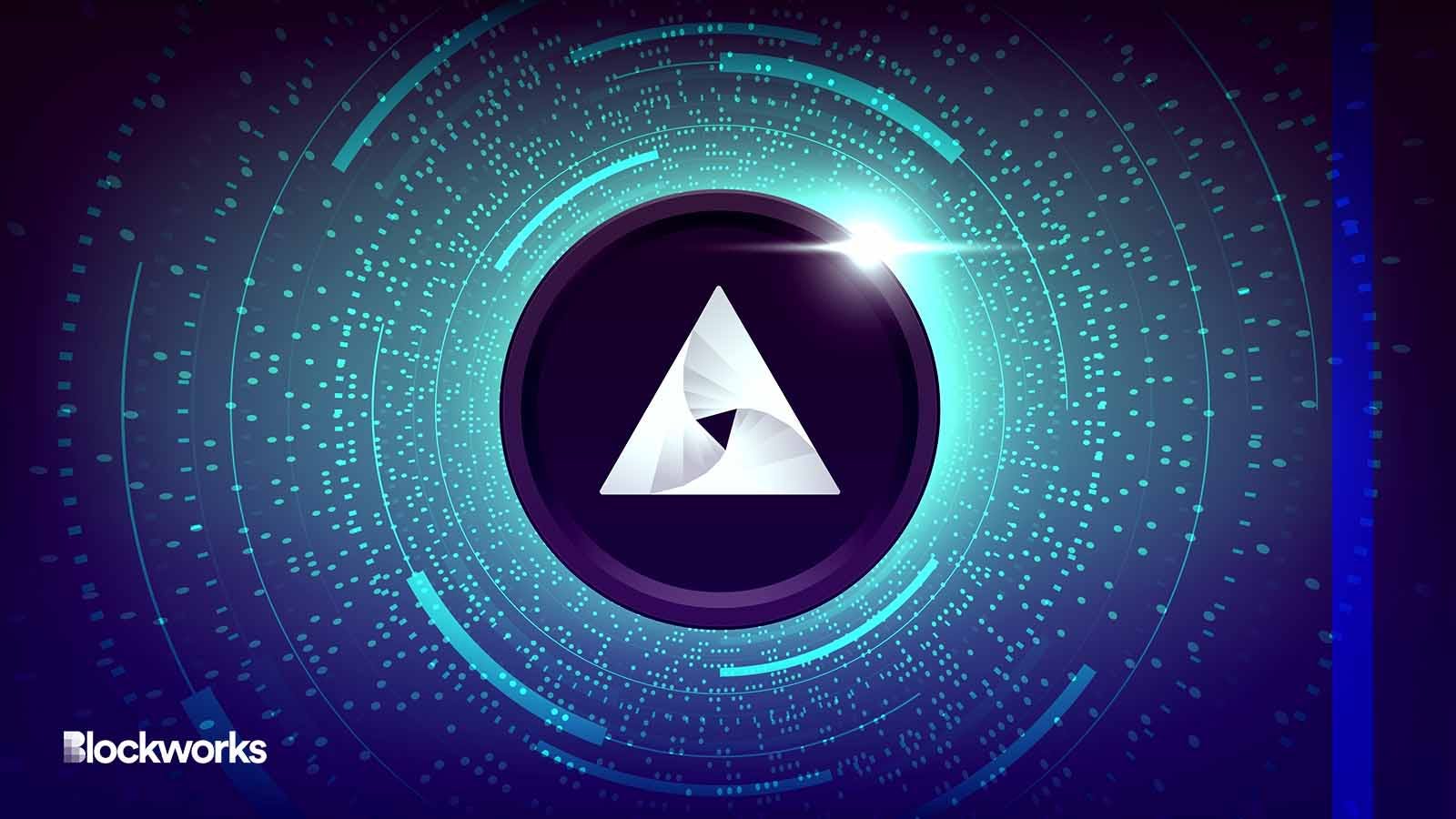API3 wants to make oracle data more transparent
Phase 2 of API3’s dAPI plan introduces managed aggregated data feeds

WindAwake/Shutterstock modified by Blockworks
API3, an oracle data feed provider, is moving into a new phase of an ongoing tech rollout.
API3’s first phase brought a self-funded decentralized application programming interface, or dAPI. This was automated oracle infrastructure from a single source data feed, according to Ugur Mersinlioglu, a product owner at API3.
The second phase of dAPI is the release of managed aggregated data feeds. This new phase enables users to select specifications, such as deviation and time. The team behind the project announced the second phase on Wednesday.
Oracles are commonly used in Web3 to bring off-chain data onto the blockchain to enable smart contract functionality. They’re a key plank in how information reaches decentralized protocols.
Typically, in Web3, oracle providers have a decentralized middle layer where various different data sources feed the price of the Oracle, according to Mersinlioglu.
The problem, Mersinlioglu explains, is that this doesn’t guarantee that all these data sources are completely different.
“You could still have a middle layer of 30 people, but they all use one data source and that is not decentralization,” Mersinlioglu said. “We don’t want ‘some rando in the middle’ running this oracle node. We want to get data directly from the API so we don’t have to trust another layer.”
For this reason, API3 ensures that all their oracle nodes are operated by the API directly.
“These companies, it is their core business model to sell data, and if they put the wrong data onchain with us, it’s visible, their reputation is on the line,” Mersinlioglu said.
The four phases to achieve decentralized APIs
According to Mersinlioglu, there are currently around three to four hundred active self-funded APIs.
This type of infrastructure is designed like a pay phone and can be used by people who might need price notifications.
The newly-announced second phase builds on that initial stage of work.
“You basically buy a subscription, where we will cover the gas costs and maintain this together with the API providers of oracle nodes on the respective chain that you want to consume it on,” Mersinlioglu said.
In a forthcoming phase three, API3 will introduce an auction function built on top of oracles that will enable anyone to come in and make a bid, receive tamper-proof signed data from providers, and update the price on-chain.
This is possible because there are times when there are values in updates that are not defined by managed parameters.
“They don’t need to essentially wait. They can force an update by paying for it,” Mersinlioglu said.
The final phase for API3, according to Mersinlioglu, would be to create a Nexus Mutual for oracles, referring to the decentralized insurance alternative platform.
Get the news in your inbox. Explore Blockworks newsletters:
- The Breakdown: Decoding crypto and the markets. Daily.
- 0xResearch: Alpha in your inbox. Think like an analyst.






